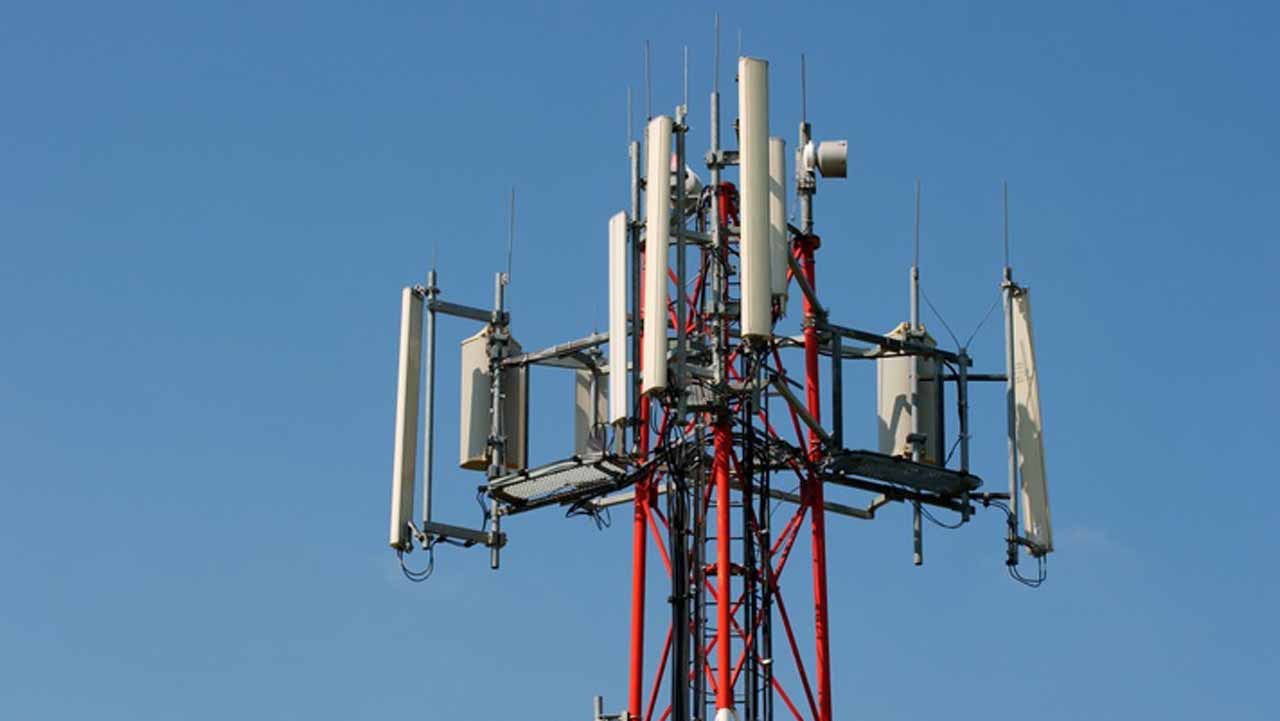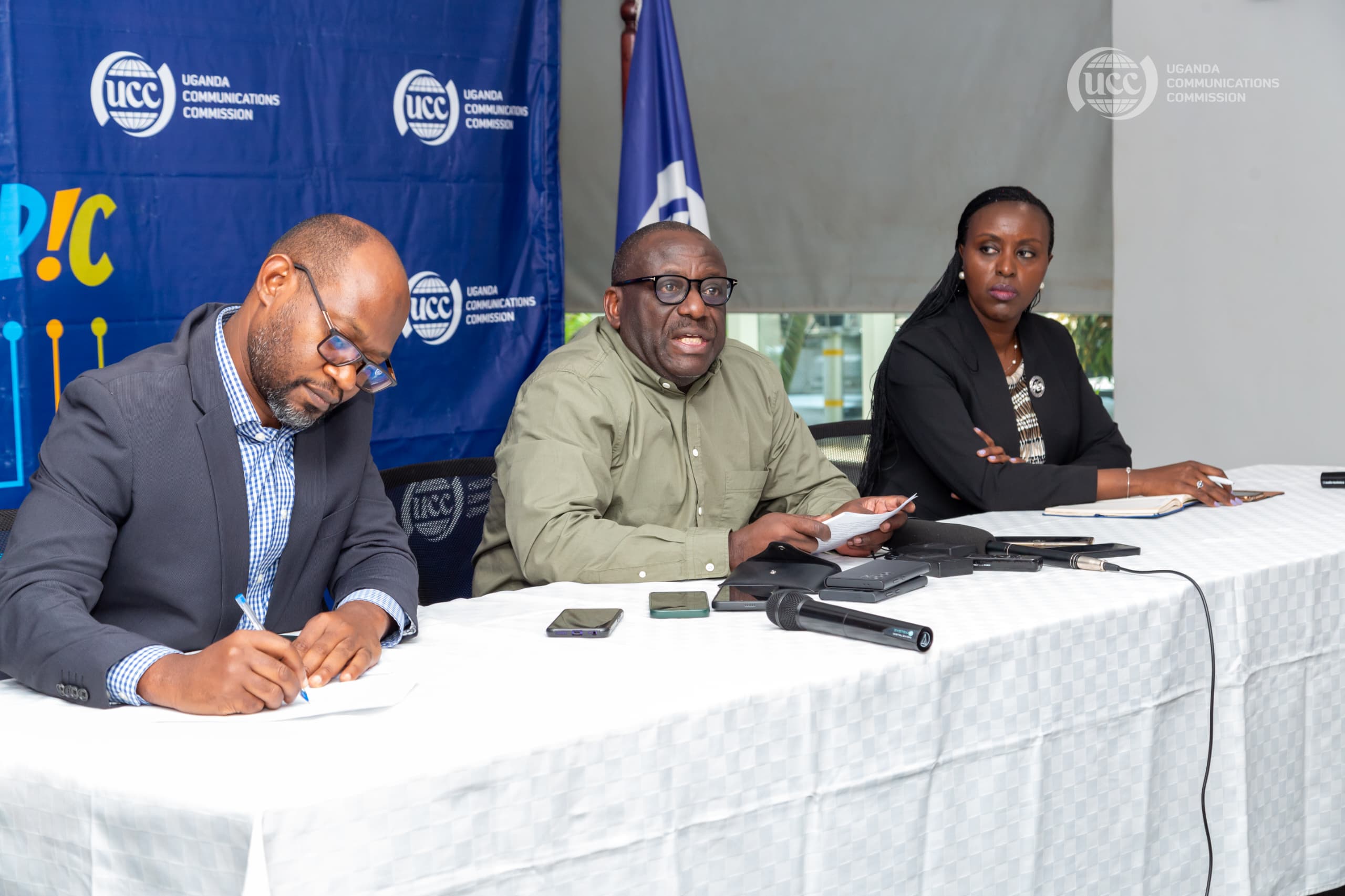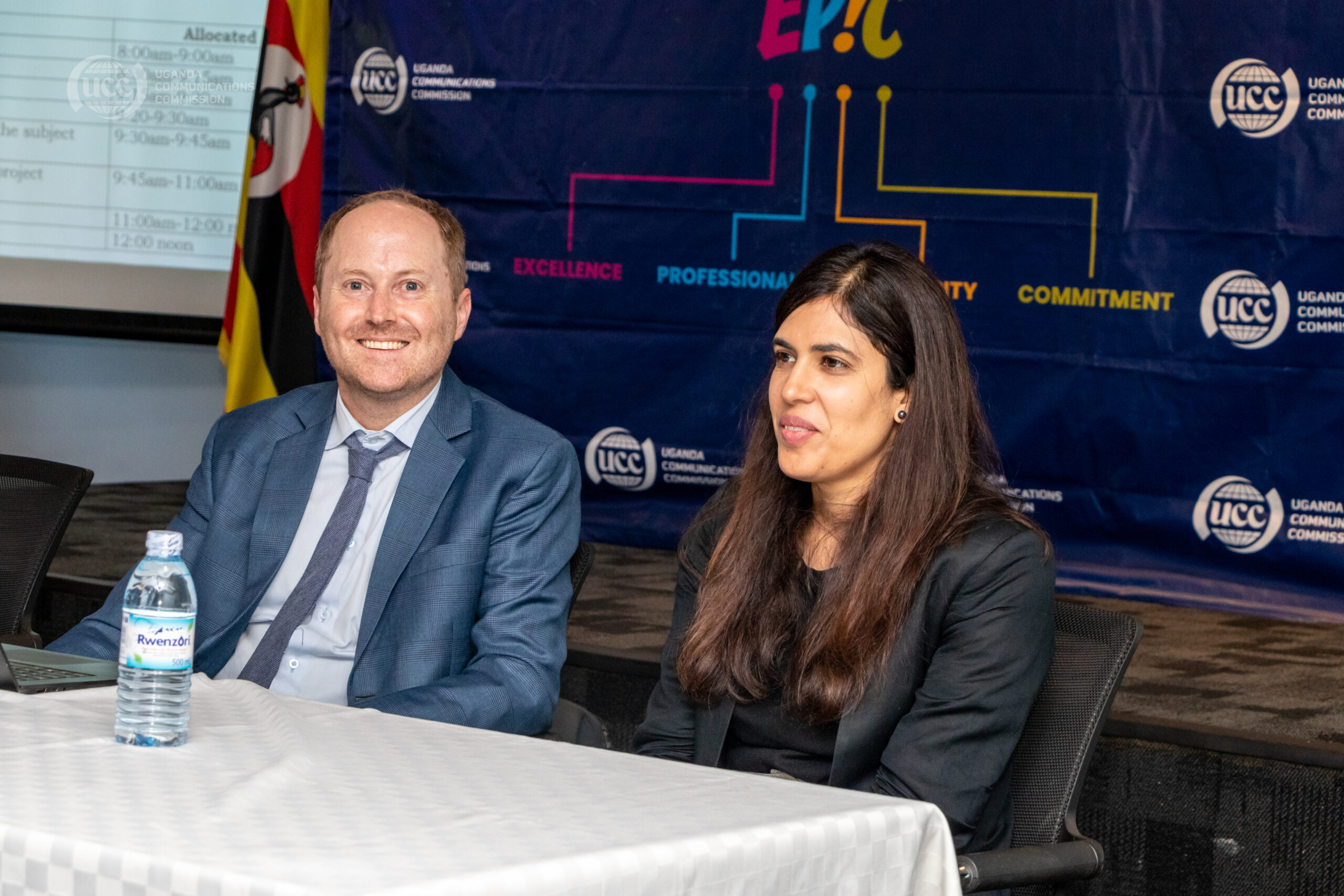Document Here >>>> PRESS RELEASE
Digital Technologies For Healthy Ageing

World Telecommunication and Information Society Day (WTISD) has been celebrated every 17 May since 1969, to mark the founding of the International Telecommunication Union (ITU) and the signing of the first International Telegraph Convention in 1865. The rationale of WTISD is to help raise awareness of the possibilities that the use of the Internet and ICTs can bring to societies and economies, as well as of ways to bridge the digital divide.
Every year a topical theme is chosen and events celebrating that theme take place around the world. This year (WTISD 2022) the theme is: Digital technologies for older persons and healthy ageing.
This article, which can also be found on the ITU website, explains the important role of telecommunications/ICTs in supporting healthy ageing, which in turn is critical for the sustainability of economic and health systems.
Many countries are experiencing a demographic shift towards older populations. According to the United Nations Department of Economic and Social Affairs (UN DESA), the number of people aged 65 years or older is projected to double globally to reach 1.5 billion by 2050. Many developing countries, with comparatively young populations, are seeing increases in life expectancy, with growing numbers of older people, living longer lives. Information and Communication Technologies (ICTs) can facilitate healthy ageing, helping people live better-quality lives for longer.
Digital health platforms, such as e-health and associated mobile (m-Health) and telemedicine platforms, have brought digital technologies into widespread use for health-related purposes in a wide range of settings, both inside and outside of hospitals and clinics. The World Health Organization (WHO) has defined e-health as any use of ICTs for health. Given the proliferation of digital devices for personal and business use, digital technologies have become an essential enabler in treatment and prevention strategies. For example, wearables and fitness devices can provide continuous monitoring and prevention as patients go about ordinary daily activities.
The International Telecommunication Union (ITU) recognizes digital health as a core aspect of sustainable digital transformation for economies and societies worldwide. This means ensuring fixed or wireless Internet access for everyone, especially where no wire or fibre connections are available. Ongoing ITU standardization work includes studies and initiatives to strengthen digital health, establish emergency numbers, and ensure accessibility for older persons. ITU also has a Focus Group working on Artificial Intelligence and health data.
Enhancing digital health capabilities aligns with UN Sustainable Development Goal 3 (Good health & well-being) and helps people and communities everywhere achieve healthy ageing.
OPPORTUNITIES
Our world is ageing rapidly. According to UN DESA, the number of people aged 65 or older is projected to grow from 703 million people in 2019 to 1.5 billion by 2050. UN DESA’s latest projections also show that the number of people aged 80+ will triple in the next 30 years. By 2050, one in six people in the world will be over the age 65, up from just one in eleven in 2019. It is for this reason that this is the UN Decade of Healthy Ageing 2020–2030.
The race is on to scale up the necessary digital technologies to help people age more healthily and live longer fulfilling lives, as well as helping societies cope with larger numbers of older and elderly people. New and emerging tech, including artificial intelligence (AI) and other applications, can enhance well-being, enable people to grow older in healthier ways, and expand access to better healthcare.
Digital technologies support healthy ageing in multiple ways, including:
- Improving the prevention of illness and boosting health and well-being at all ages via devices and apps (sensors, monitors, wristwatches, and mobiles) for continual health monitoring and feedback.
- Empowering patients with reliable health information and healthcare providers, managers, and policy-makers with tools to build and operate more resilient health systems, deliver better care, and improve treatments and survival rates.
- Enriching health datasets, enabling increasingly accurate analysis, diagnosis, and prediction of health issues, including through AI, big data, or virtual reality (VR) simulations. Aggregated data from devices and sensors brings together imaging, diagnoses, and data analytics through computing at the edge.
- Improving ICT/accessibility ensures that everyone regardless of age, gender, or ability, can equally and equitably access, and make use of the information and communication (ICTs).
- Implementing ICT accessibility also provides alternative solutions to the use of technology and thus, ensures that age-related disabilities such as reduced vision and hearing loss do not impact the access to digital products and services nor to understanding the information and communication, which in case of emergency or crisis could be vital. Especially during the COVID-19 pandemic, digital technologies have been key to combatting loneliness and isolation among older people cut off from family and friends.
- Compensating for problems and challenges that frequently accompany older age, such as reduced vision or hearing.
- Reducing social isolation for older persons.
CHALLENGES
Growing numbers with unequal access
One challenge derives from the sheer size of the demographic bulge, with the world’s total number of people aged 65 or older set to grow by 800 million by 2050. While many of those people will inhabit urban centres, others will live in rural, remote, or inaccessible areas. Age-based discrimination in the workplace and inadequate financial inclusion for older persons are key challenges to address for this population to benefit fully from digital transformation.
Telehealth services have become vital to extend high-quality care beyond urban centres. Similarly, telemedicine and virtual healthcare have come to the fore during the COVID 19 pandemic, offsetting limited physical access between patients and healthcare providers. Even so, telemedicine has so far largely attracted well-educated and comparatively younger people, who, on average, need less healthcare for the time being.
Decentralized data and advice
Personal health and fitness devices can also support healthy ageing, although not as a substitute for professional care and interventions. Historically, healthcare systems have tended to prioritize cures over prevention, and interventionist rather than preventive medicine. The wealth of fitness trackers and health apps now available can serve as helpful guides to promote good health at all ages, without their advice being taken too literally. For instance, the medical and scientific basis for apps promoting “10,000 steps per day” is unclear.
Some patients now come to see their doctors armed with large files and databases of health data (e.g., cardiac rhythms, oxygenation levels, etc.), which doctors may be unable to directly download or properly analyse. General practitioners may struggle to keep up with this deluge of data, while health systems and health insurance plans may not reimburse doctors for time spent dealing with e-mails or external data.
Clearly, the consequences of digital transformation – as well as patient digital literacy – for today’s health systems are still being worked out.
Detailed article:
https://www.itu.int/en/mediacentre/backgrounders/Pages/digital-technologies-for-healthy-ageing.aspx



